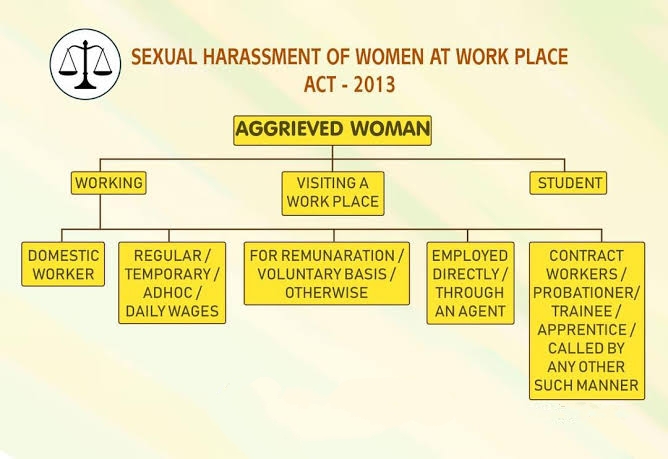
Sexual Harassment of Women
- Every year around 550 cases are registered under Sexual Harassment Act, 2013
- Maximum cases come from UP and Delhi — huge disparity among states — 40% from top 2 only | other states <7% each
- Recent controversy in Google — walkout of employees — due to opaqueness in the trial of accused.
- Supreme Court — silenced for long about the sexual harassment? CJI under the gun for allegedly harassing a junior staff. Sub-judice issue. Huge question over the credibility of CJI and SC as an institution.

|
Sexual Harassment of Women at Workplace Act, 2013 |
|
Replaced the SC guidelines by the SC (CJI JS Verma) in the historic Vishaka Judgement in 1997.
JS Verma Committee, 2013 recommendation for this Act —
ICC may be ‘counter-productive’ as dealing with such complaints in-house could discourage women from filling complaints. |



![UPSC CSE Topper Mains Answer [Part 2] images-2023-06-17T192027.770](https://iasbio.com/wp-content/uploads/2023/06/images-2023-06-17T192027.770-150x150.jpeg)












